How to Break In Your 2024 Toyota Tacoma (The Right Way)
Proper Tacoma break-in procedures keep the engine running its best and ensure the longevity of the pickup. Taking it easy at first helps the engine, suspension, and brakes work as intended.
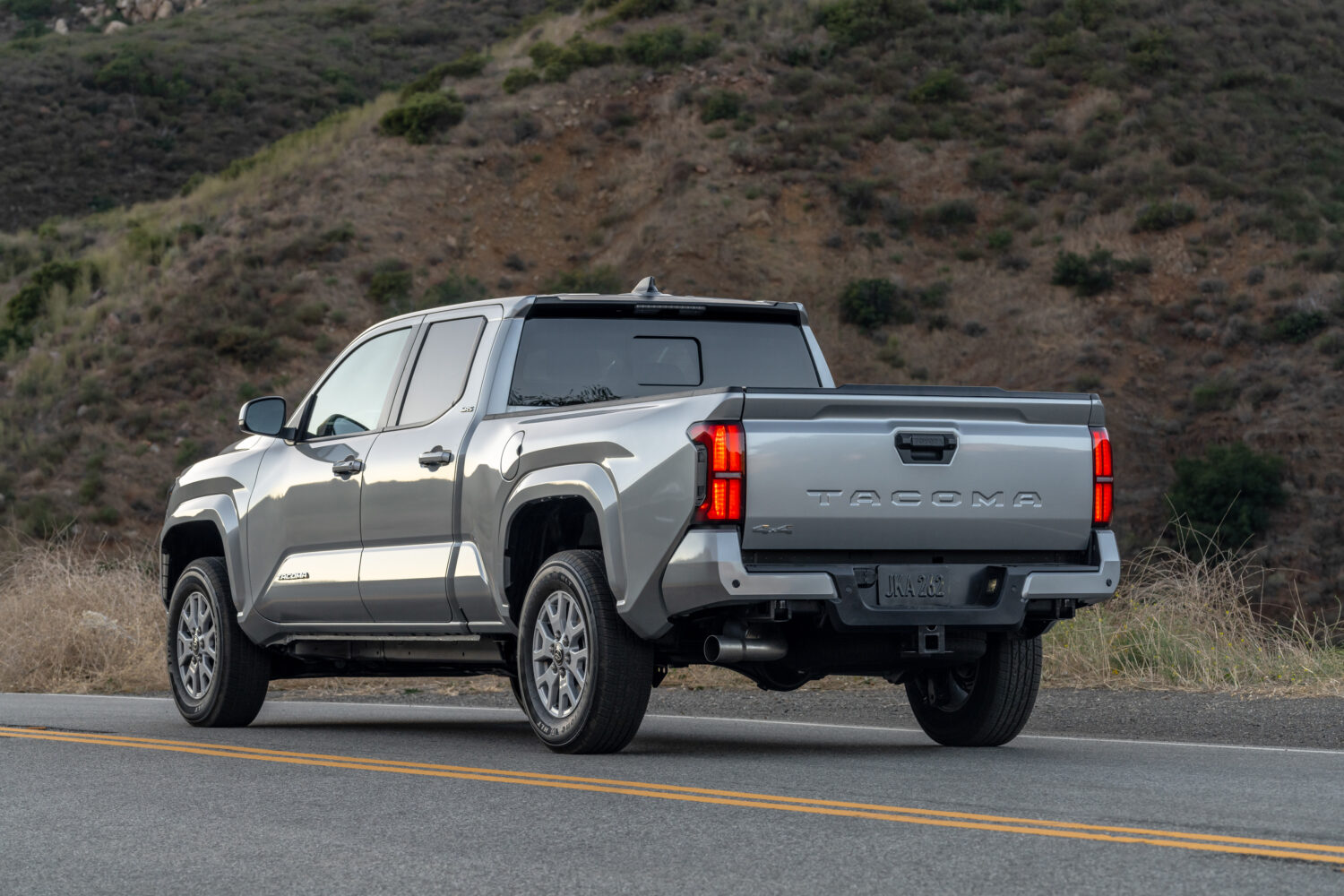
Key Points:
- Toyota gives guidelines on how to break in the Tacoma.
- Excessive load on the engine should be avoided for up to 1,000 miles.
- Varying the load helps the engine break in.
- Brakes and suspension parts also need time to break in.
- Where safety is concerned, do whatever is necessary to avoid an accident.
When you first drive off the lot with your new Tacoma, you want to take special care of the truck and break it in. Yet, few dealers tell you how to break in your 2024 Toyota Tacoma and what actions to avoid.
In this guide, I cover the dos and don’ts of breaking in a new Tacoma. I will reveal Toyota’s guidelines and give you a few recommendations of my own as a professional mechanic.
Official Break-In Schedule
Toyota doesn’t break in the engines from the factory, so the burden lies on the new driver. Thankfully, the automaker does provide guidelines on how to properly break in the Tacoma motor.
Here are the official break-in procedures:
- For 200 miles (300 km): Avoid sudden stops
- For 500 miles (800 km): Do not tow a trailer
- For 1,000 miles (1600km):
- Do not drive at extremely high speeds.
- Avoid sudden acceleration.
- Do not drive continuously in lower gears.
- Do not drive at a constant speed for extended periods.
When it comes to towing, you should also avoid speeds of 50 mph (80 km/h) for up to 1,000 miles (remember, you shouldn’t be towing at all under 500 miles). You also want to avoid full-throttle acceleration during this time.
Additionally, whether your truck is new or parts of the powertrain have been replaced with new parts (engine, transfer case, transmission, wheel bearings, or rear differential), you must follow these break-in procedures.
Why Break-In Is Important
It’s a common mistake for drivers to get into a new vehicle and take off without any care of breaking in the engine, but this lack of concern causes damage.
During the engine break-in, the piston rings seat properly on the cylinder, preventing uneven wear from occurring.
If you push the engine too hard, imperfections can occur to the shape or size of the engine parts. Even the tiniest imperfection can result in the engine burning oil because the piston rings aren’t seated properly.
Normal break-in procedures allow the truck to experience a variety of situations that extend the engine’s life. By varying loads, allowing for non-extreme hot and cold cycling, and driving in changing conditions, you give the engine the best chance of adapting.
The three main benefits of breaking in the engine include:
- Better performance because of reduced friction
- Improved longevity due to the parts working their best
- Increased fuel economy when everything runs smoothly
While I’ve been pointing out the reasons for breaking in the engine, you must understand that other parts also need time to break in.
The suspension, brakes, and other moving parts need time before they can be used under normal conditions. For this reason, Toyota recommends avoiding sudden stops for the first 200 miles (300 km).
Other Recommendations
As a professional mechanic, working in many dealerships through the years, I’ve seen the damage that can be done from pushing a vehicle too hard right off the lot.
Because of my experience, I can add some further insight into these guidelines that may help you extend the life of your Tacoma engine.
I’ll first start with varying load and gear shifting because it’s the most important aspect.
- Drive your Tacoma in a variety of situations to break it in.
- Don’t let the engine reach excessively high RPMs. There’s no reason to stomp on the gas pedal.
- Avoid cruise control for 200 miles. The gas should be applied and released often to allow for adjustment.
Keep in mind that the speed itself isn’t necessarily an issue. It’s the load that’s placed on the engine during acceleration that causes problems. Therefore, you want acceleration to be light and controlled.
Where would be the best place to drive the truck at first? Driving in the city is a great option for breaking in the engine, as long as you aren’t in heavy traffic and idling excessively.
Once you finish the break-in schedule, I have a few more recommendations to take care of your new truck:
- Start gradually increasing the speed over time. Don’t suddenly go full throttle right after it becomes safe.
- Avoid putting excessive strain on a cold engine.
- Don’t turn off the truck after running it hard. Instead, let it cool down by driving at a gentle pace for a few miles first.
Honestly, these are good tips for the life of your truck if you want the engine and transmission to last.
Discussing other parts of the truck, such as the brakes, it’s essential to be as gentle with them as with the engine.
I recommend avoiding any heavy braking at first. Therefore, you wouldn’t want to take your truck down a curvy, steep mountain pass right after buying it. Heat is the killer of brakes, especially in the beginning.
For this reason, you should also keep plenty of distance between you and the vehicles in front of you so you don’t need to slam on the brakes.
With that said, slam on the brakes if a dangerous situation occurs. Better is it to remain alive than to worry about brake pad longevity. The same is true if you must accelerate quickly to avoid an accident suddenly.
Related Content
Recap
After you invest money into a 2024 Tacoma, you want to treat it right. The proper engine break-in procedures ensure the truck can give you many miles of reliable usage. Take it easy in the beginning – there will be plenty of time to enjoy the pickup in the future.
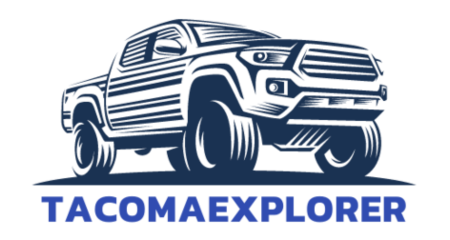
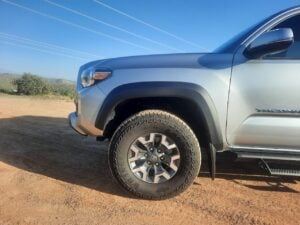
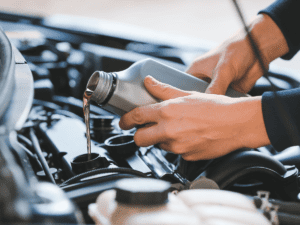
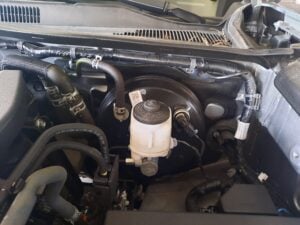
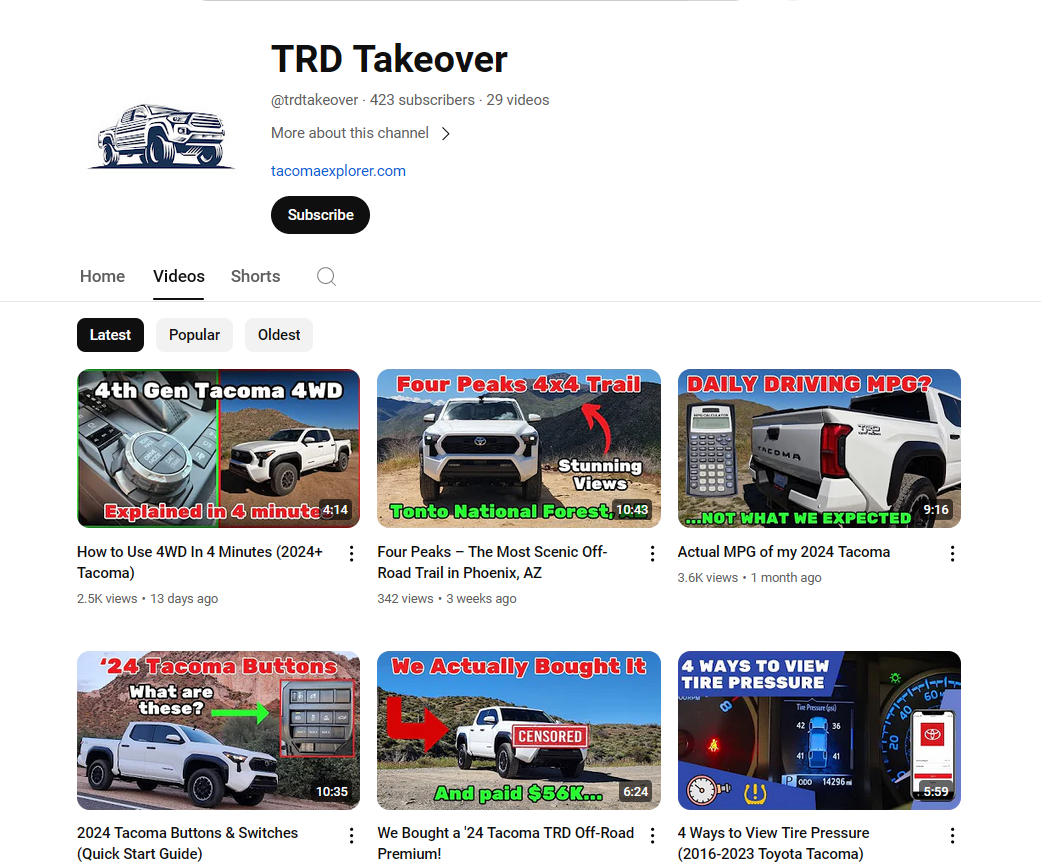
Thank you for your report, it was easy to read and well written.
Again thank you
You’re welcome! Glad you found it useful.